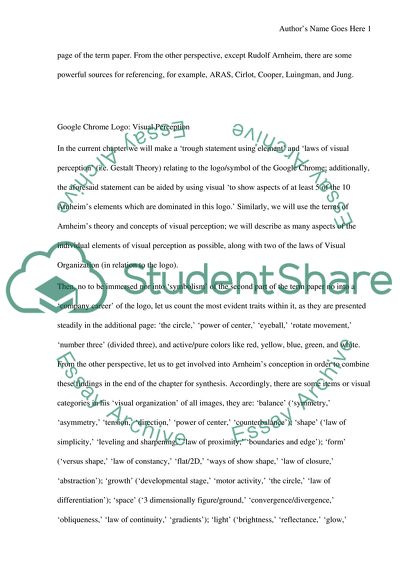Cite this document
(“Art and Visual Perception: Google Chrome Logo Term Paper”, n.d.)
Art and Visual Perception: Google Chrome Logo Term Paper. Retrieved from https://studentshare.org/information-technology/1790087-art-and-visual-perception-for-design-student
Art and Visual Perception: Google Chrome Logo Term Paper. Retrieved from https://studentshare.org/information-technology/1790087-art-and-visual-perception-for-design-student
(Art and Visual Perception: Google Chrome Logo Term Paper)
Art and Visual Perception: Google Chrome Logo Term Paper. https://studentshare.org/information-technology/1790087-art-and-visual-perception-for-design-student.
Art and Visual Perception: Google Chrome Logo Term Paper. https://studentshare.org/information-technology/1790087-art-and-visual-perception-for-design-student.
“Art and Visual Perception: Google Chrome Logo Term Paper”, n.d. https://studentshare.org/information-technology/1790087-art-and-visual-perception-for-design-student.


